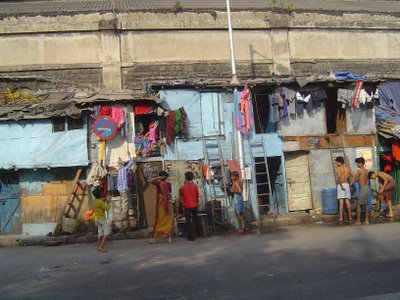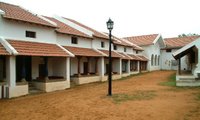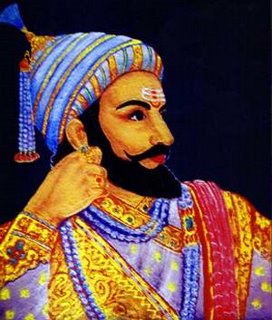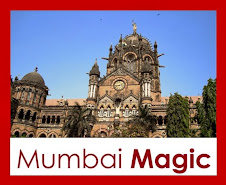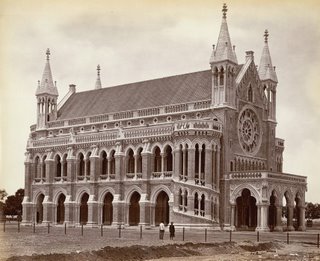 I know people wax eloquent about Victoria Terminus, but this building is by far more appealing to me. And no - it isn't a church. This is Bombay University, where I got my bachelors degree from. Maybe that's why I like this place, because it is a place of learning...somehow more appealing than a railway station!
I know people wax eloquent about Victoria Terminus, but this building is by far more appealing to me. And no - it isn't a church. This is Bombay University, where I got my bachelors degree from. Maybe that's why I like this place, because it is a place of learning...somehow more appealing than a railway station!This building is the convocation hall of the University. I wandered into it one day, and was stunned by the interior.
See that round window above the entrance porch? If you view it from the inside, you'll see it's a brilliant stained glass window called the Great Rose. It has the signs of the Zodiac around it (don't ask me why! I haven't figured that one yet). Sunight streams in through the Great Rose, giving the inside a magical look.
It's a good place to receive a degree from, eh?
- Deepa
Acknowledgement: This picture came from Collect Britain, a lovely site with lots of interesting information and pictures of the Raj.
